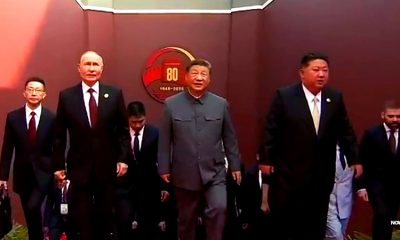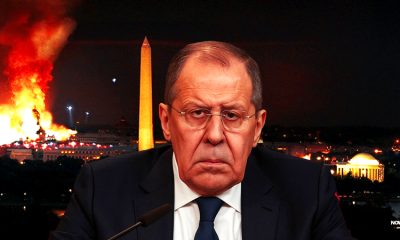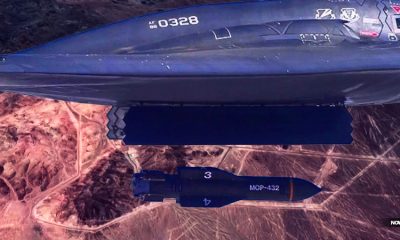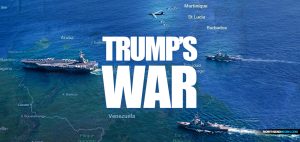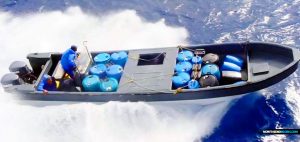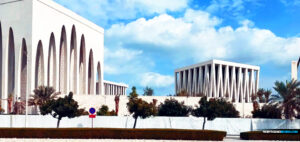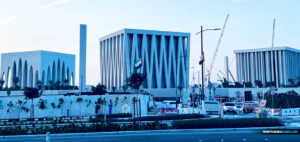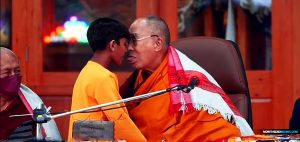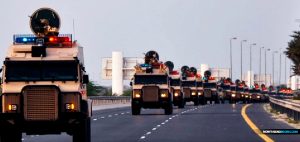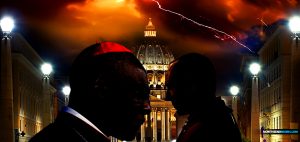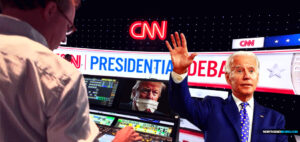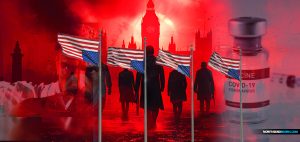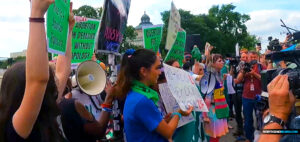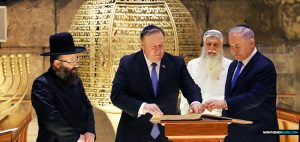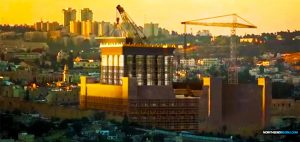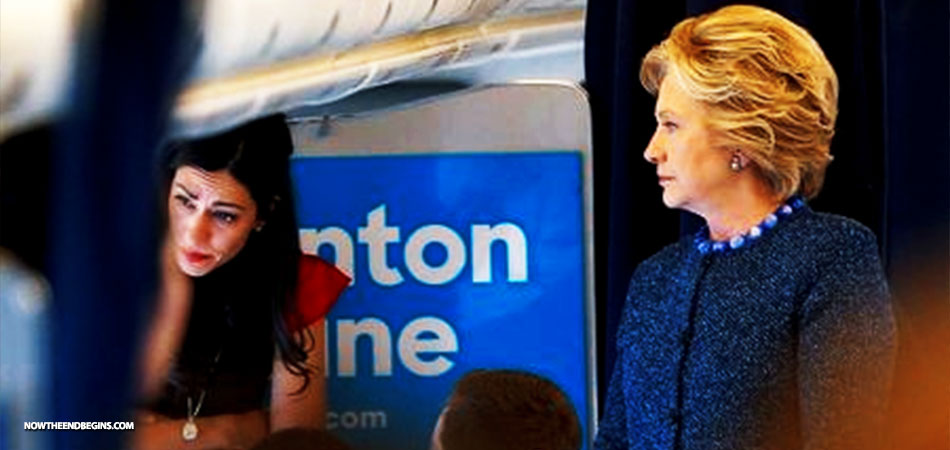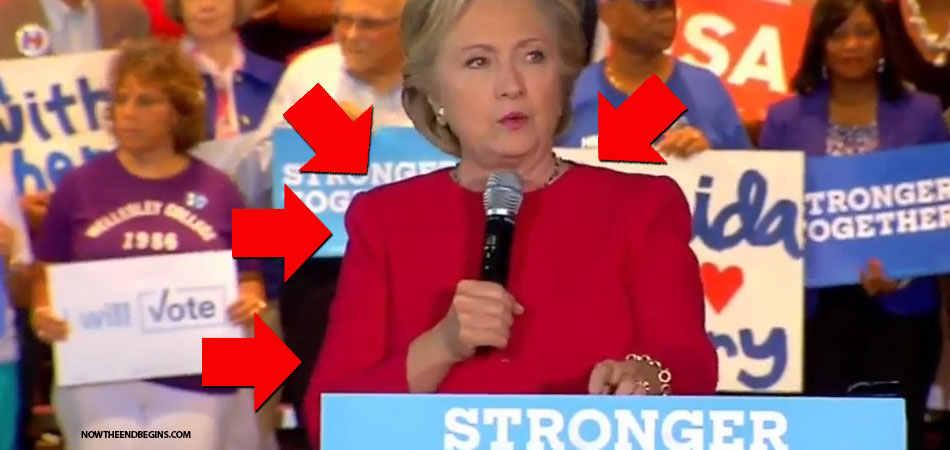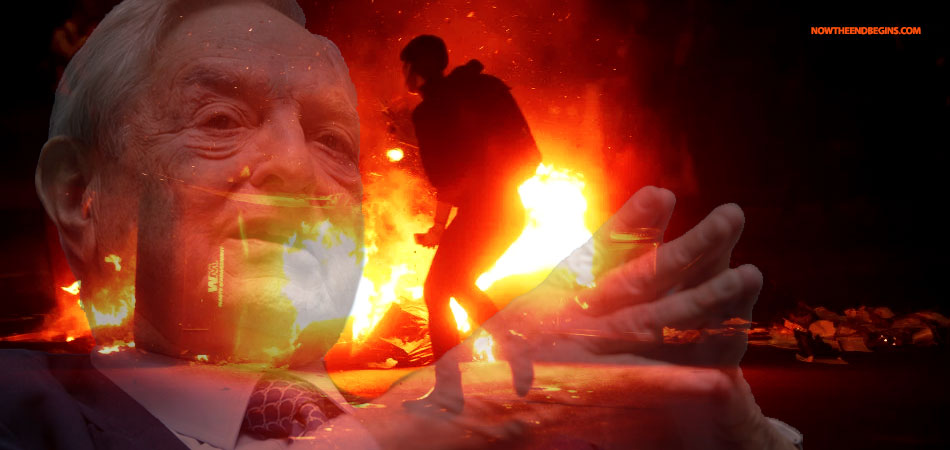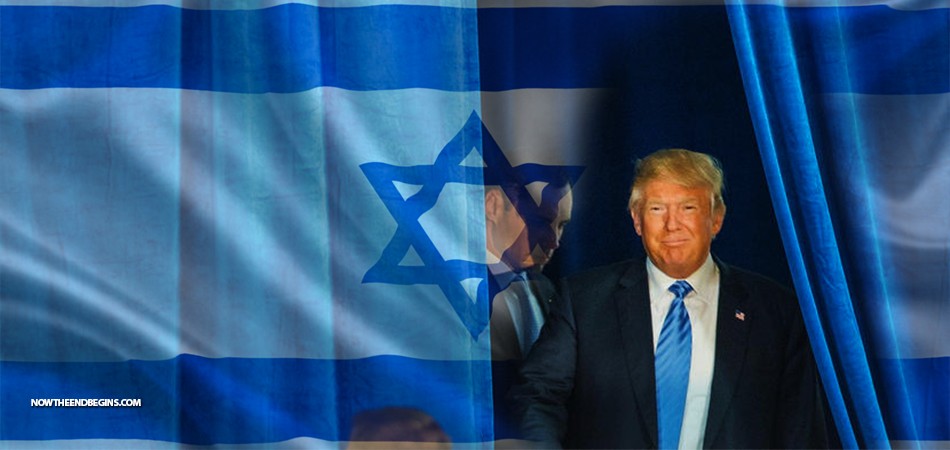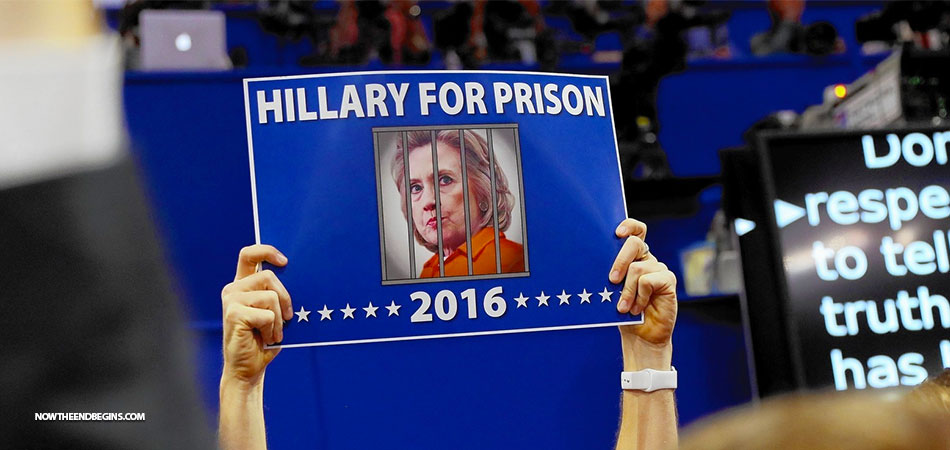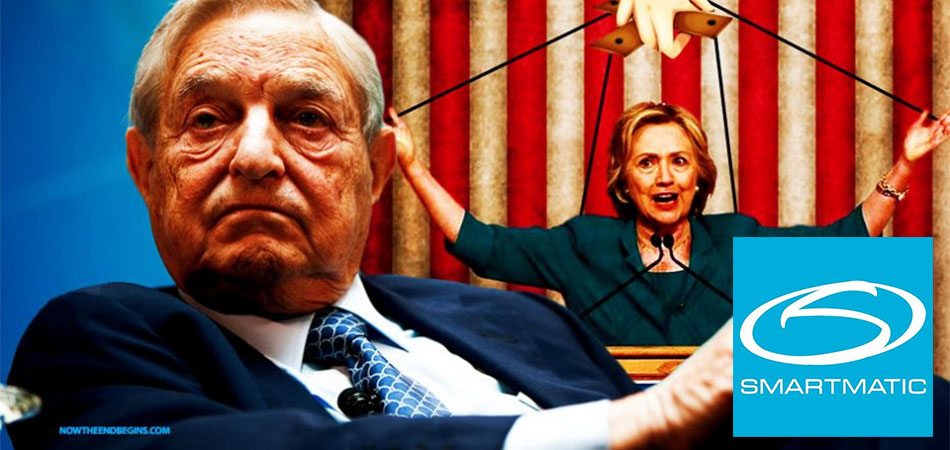Al-Qaeda
Obama May Bypass Congress And Unfreeze Iranian Assets
Obama’s potential release of $12bn of frozen Iranian assets would be followed by $35 billion from Europe
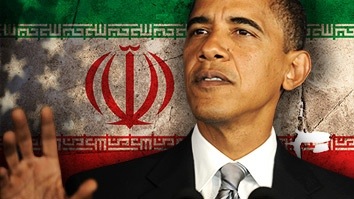
Obama’s potential release of $12bn of frozen Iranian assets would be followed by $35 billion from Europe
Tehran stands to gain access to nearly $50 billion if the Obama administration decides to free up $12 billion of frozen Iranian 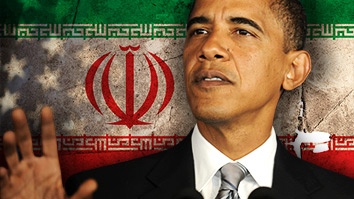
debkafile’s intelligence sources: This plan offers Barack Obama a way to ease sanctions on Iran, while avoiding political and diplomatic fallout in Congress and from Jerusalem that would result from an attempt to get the sanctions legislation repealed or amended.
US lawmakers and Israeli Prime Minister Binyamin Netanyahu continue to call for harsher measures against Iran, after the Geneva conference last week failed to achieve any breakthrough in the controversy on Iran’s nuclear program.
Although its delegation avoided any pledge to suspend uranium enrichment and offered no plan to dismantle its enrichment facilities, US officials complimented the Iranian position as “more candid and substantive” than in previous diplomatic encounters.
Indeed, according to our sources, the Iranian delegation advised the six world powers on the opposite side of the table to simply accept Ayatollah Ali Khamenei’s fatwa as an ironclad pledge of the Islamic Republic’s commitment to refrain from developing a nuclear weapon and continue to pursue a peaceful program.
As for a substantial proposal to cut back on their nuclear operations, the Iranian negotiators said firmly: Sanctions relief first; concessions only at the end of the road.
Ahead of the next round of talks on Nov. 7-8, the Obama administration hopes to warm world opinion to the proposition that Iran’s leaders, especially President Hassan Rouhani, Foreign Minister Javad Zarif and his deputy Abbas Araghchi, need more incentives for concessions. They must be able to show their doctrinaire colleagues at home that diplomacy and smiles win more than intransigence.
Even before the Geneva conference, the White House was already putting in place the plan for relieving sanctions by the release of frozen funds – which is why the US delegation included for the first time the Director of the OFAC (the Treasury Department’s Office of Foreign Assets Control), Adam Szubin.
Asked by CNN what Szubin was doing there, senior US negotiator Undersecretary Wendy Sherman said:
“The purpose of having our sanctions team here with us is because … Iran wants to get sanctions relief. But they also have to understand what the range of our sanctions are, what they require, how they work, what it takes to implement sanctions relief, what sanctions we believe need to stay in place.”
Even this gesture failed to elicit from the Iranian delegates any concrete concessions. The obviously fed-up senior Russian delegate, Deputy Foreign Minister Sergey Ryabkov, summed up his impression of the conference by commenting sourly that it was “…better than Almaty” (where the last round of talks took place in April) but offered “no guarantee of future progress.”
Nevertheless, President Obama is determined to keep up his strategy of appeasing Tehran and showing Congress and the Israeli prime minister that they are wasting their time by trying to stop him easing sanctions on Iran, because he will bypass them with presidential decrees.
Most of all, Obama is set against allowing himself to be persuaded by Netanyahu’s arguments of the terrible danger posed by a nuclear Iran.
Foreign Minister Zarif put his oar into the conflict between Washington and Jerusalem Friday with this comment: “There is a high possibility that the talks will be disturbed by various efforts on the part of Israel,” he said. “This reflects Israel’s frustration and warmongering.” source – Debka

Al-Qaeda
Obama Administration ‘Loses’ Half Billion In Military Weaponry To al-Qaeda In Yemen
Pentagon officials cannot track the whereabouts of $500 million worth of military equipment the U.S. donated to Yemen since 2007 – raising alarms that the hardware may have ended up with al-Qaeda or Iranian-backed rebels.
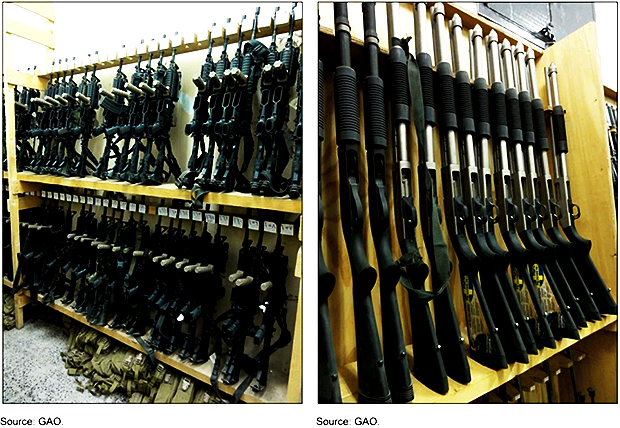
Pentagon officials cannot track the whereabouts of $500 million worth of military equipment the U.S. donated to Yemen since 2007 – raising alarms that the hardware may have ended up with al-Qaeda or Iranian-backed rebels.
Ever wonder how al-Qaeda and ISIS always have such advanced weaponry and military capabilities? Wonder no more! Obama gives it to them, that’s how they do it. Did you think it was a trick question?
U.S. officials said Tuesday that increasing instability in Yemen has made it impossible to keep tabs on donated equipment that includes small arms, ammunition, patrol boats and night-vision goggles, according to The Washington Post.

U.S. firearms supplied to the Interior Ministry in Yemen, which has received $500 million in aid from the United States since 2007 under an array of Defense Department and State Department programs. (Government Accountability Office)
“We have to assume it’s completely compromised and gone,” a legislative aide on Capitol Hill, speaking on the condition of anonymity, told The Post.
In January, Yemen’s government was overtaken by Iranian-backed Shiite Houthi rebels. The rebels are increasingly taking over military bases.
Since then, the U.S. closed its embassy in Yemen and the Defense Department has stopped delivering equipment to the country, including a shipment of $125 million worth of military products scheduled to be delivered earlier this year.
This is the equipment no one can find, The Post reports:
- 1,250,000 rounds of ammunition
- 200 Glock 9 mm pistols
- 200 M-4 rifles
- 4 Huey II helicopters
- 2 Cessna 208 transport and surveillance aircraft
- 2 coastal patrol boats
- 1 CN-235 transport and surveillance aircraft
- 4 hand-launched Raven drones
- 160 Humvees
Al-Qaeda
Al-Qaeda Affiliate Threatens To Kill American Hostage Luke Somers
Luke Somers, a 33-year-old photojournalist, was abducted in 2013 in Sanaa, the capital of Yemen, according to media reports. In a YouTube video published Wednesday, he says he is certain his “life is in danger.”
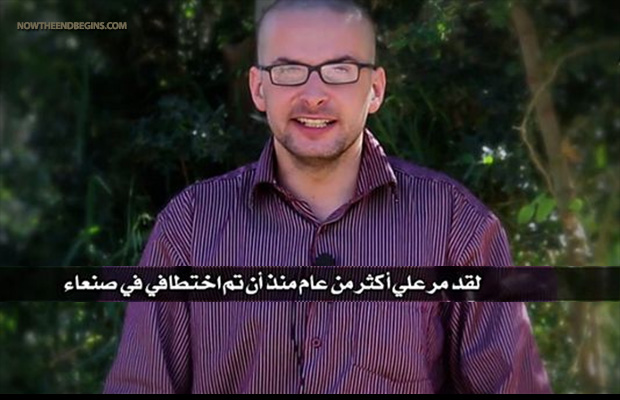
An al-Qaeda affiliate has threatened to kill an American hostage in three days if the U.S. government does not respond to the group’s demands, according to terrorist monitoring group Site Intelligence Group.
Luke Somers, a 33-year-old photojournalist, was abducted in 2013 in Sanaa, the capital of Yemen, according to media reports. In a YouTube video published Wednesday, he says he is certain his “life is in danger.”

The video features an al-Qaeda official and a brief message from Somers – dressed in a purple shirt and with a shaved head – at the end. He notes that he was born in England but has American citizenship and lived in America for most of his life.
The al-Qaeda operative who speaks throughout much of the video and threatens that Somers will meet his “inevitable fate” if the group’s demands are not met is Nasser bin Ali al-Ansi of the Arabian Peninsula affiliate, Site Intelligence Group said. The video does not list what those demands are, but al-Ansi says Washington is “aware” of them.
“It’s now been well over a year since I’ve been kidnapped in Sanaa,” Somers said in the footage. “Basically, I’m looking for any help that can get me out of this situation. I’m certain that my life is in danger. So as I sit here now, I ask, if anything can be done, please let it be done. Thank you very much.”
Somers was kidnapped in September 2013 from a street in Sanaa, where he had worked as a photojournalist for the Yemen Times, the Associated Press said.
Read the rest of this story on USA Today…
Al-Qaeda
Islamic Terrorists Foster Jihad With Over 90 Tweets Per Minute On Twitter
Abdulmunim Al-Mushawah revealed that about 129,600 tweets were posted by accounts affiliated to terror groups in October 2014. As a result, at least 500 accounts believed to have been run by terrorists were deactivated.
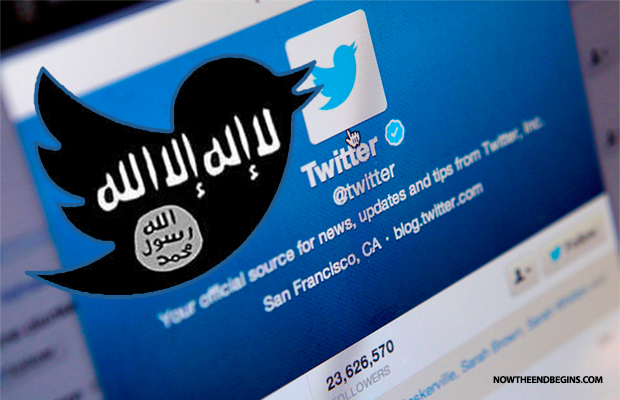
Islamic terror groups post at least 90 tweets every minute, a new report has found
The data was revealed in a survey conducted by the Saudi-based Sakina, an independent, non-governmental organisation created to engage in dialogue online as a way to combat internet radicalization.

Results showed that terror groups such as the Syrian Islamic Liberation Front, Al-Nusra Front and Islamic State (ISIS) use social media to recruit new members and to spread their propaganda.
Abdulmunim Al-Mushawah, head of the organisation, revealed that about 129,600 tweets were posted by accounts affiliated to terror groups in October 2014. As a result, at least 500 accounts believed to have been run by terrorists were deactivated.
Al-Mushawah urged for a censorship committee to be put in place in order to monitor tweets that could be written to promote insurgents’ propaganda. “The nature of the extremist can be understood by analysing his posts, identifying his social circle and understanding his internal motives and history,” he was quoted by the Saudi Gazzette as saying.
“After understanding and recognising the type of extremist the person is, we can then follow the appropriate method of dialogue knowing that it is a lengthy and complicated process at times.
“The responsibility of protecting the general public from terrorist activities does not only lie with the official directorates. It is also the responsibility of the media, mosques and educational institutes,” he continued.
“Public awareness and guidance are the campaign’s top priorities because it is important to teach people how to face one problem without creating another.”
-
George Soros9 years ago
Proof Of George Soros Nazi Past Finally Comes To Light With Discovery Of Forgotten Interview
-
Election 20169 years ago
DEAD POOL DIVA: Huma Abedin Kept Those Hillary Emails That The FBI Found In A Folder Marked ‘Life Insurance’
-
Election 20169 years ago
Crooked Hillary Campaign Used A Green Screen At Today’s Low Turnout Rally In Coconut Creek FL
-
George Soros9 years ago
SORE LOSER: George Soros Declares War On America As Violent MoveOn.Org Protests Fill The Streets
-
Donald Trump9 years ago
Donald Trump Will Be 70 Years, 7 Months And 7 Days Old On First Full Day In Office As President
-
Headline News9 years ago
If Hillary Is Not Guilty, Then Why Are Her Supporters Asking Obama To Pardon Her? Hmm…
-
Election 20169 years ago
WikiLeaks Shows George Soros Controlling Vote With 16 States Using SmartMatic Voting Machines
-
End Times9 years ago
False Teacher Beth Moore Endorses The Late Term Partial-Birth Abortion Candidate Crooked Hillary
